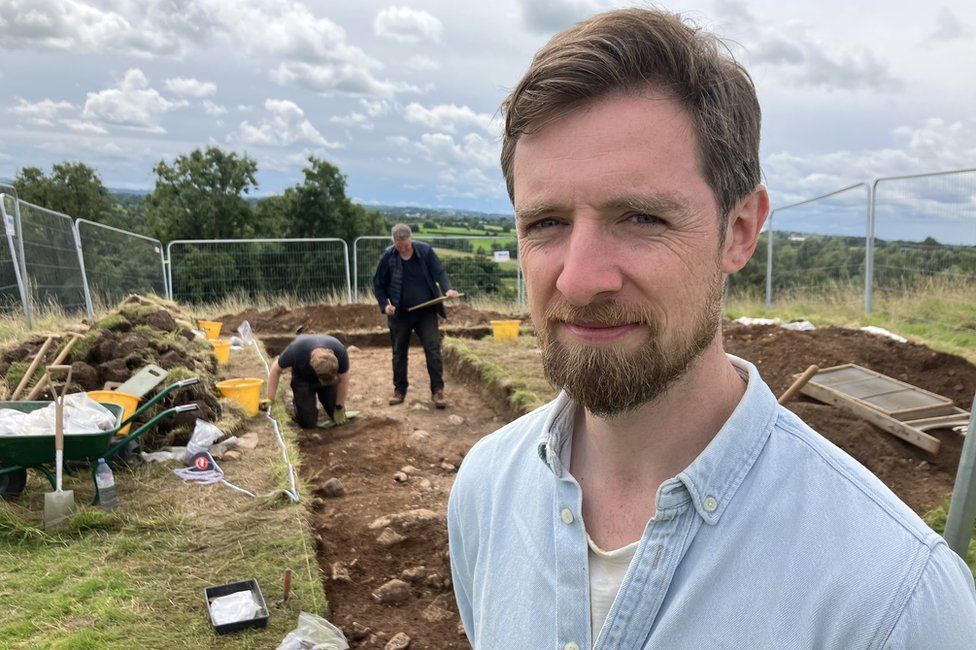Comfortably Numb
Antediluvian
- Joined
- Aug 7, 2018
- Messages
- 9,008
- Location
- Phone
Archaeology shock: Evidence of ‘rare’ mass gatherings of ancient Irish Pagans discovered
Source: express.co.uk
Date: 28 December, 2019
SCIENTISTS have discovered evidence that reveals how ancient Irish pagans travelled from around the country to gather at the legendary spot of Navan Fort for mass feasts.
Naval Fort is one of Ireland’s most famous, legendary and important archaeological sites and is located in the Northern Irish county of Armagh near the border. New research has revealed that during the Iron Age, people from all over Ireland flocked to the site to participate in huge feasts, often travelling vast distances and bringing their livestock with them.
https://www-express-co-uk.cdn.ampproject.org/v/s/www.express.co.uk/news/uk/1221657/archaeology-news-irish-history-pagan-religion-ancient-history-UK-news/amp?amp_js_v=a2&_gsa=1&usqp=mq331AQCKAE=#referrer=https://www.google.com&_tf=From %1$s&share=https://www.express.co.uk/news/uk/1221657/archaeology-news-irish-history-pagan-religion-ancient-history-UK-news
Source: express.co.uk
Date: 28 December, 2019
SCIENTISTS have discovered evidence that reveals how ancient Irish pagans travelled from around the country to gather at the legendary spot of Navan Fort for mass feasts.
Naval Fort is one of Ireland’s most famous, legendary and important archaeological sites and is located in the Northern Irish county of Armagh near the border. New research has revealed that during the Iron Age, people from all over Ireland flocked to the site to participate in huge feasts, often travelling vast distances and bringing their livestock with them.
https://www-express-co-uk.cdn.ampproject.org/v/s/www.express.co.uk/news/uk/1221657/archaeology-news-irish-history-pagan-religion-ancient-history-UK-news/amp?amp_js_v=a2&_gsa=1&usqp=mq331AQCKAE=#referrer=https://www.google.com&_tf=From %1$s&share=https://www.express.co.uk/news/uk/1221657/archaeology-news-irish-history-pagan-religion-ancient-history-UK-news


